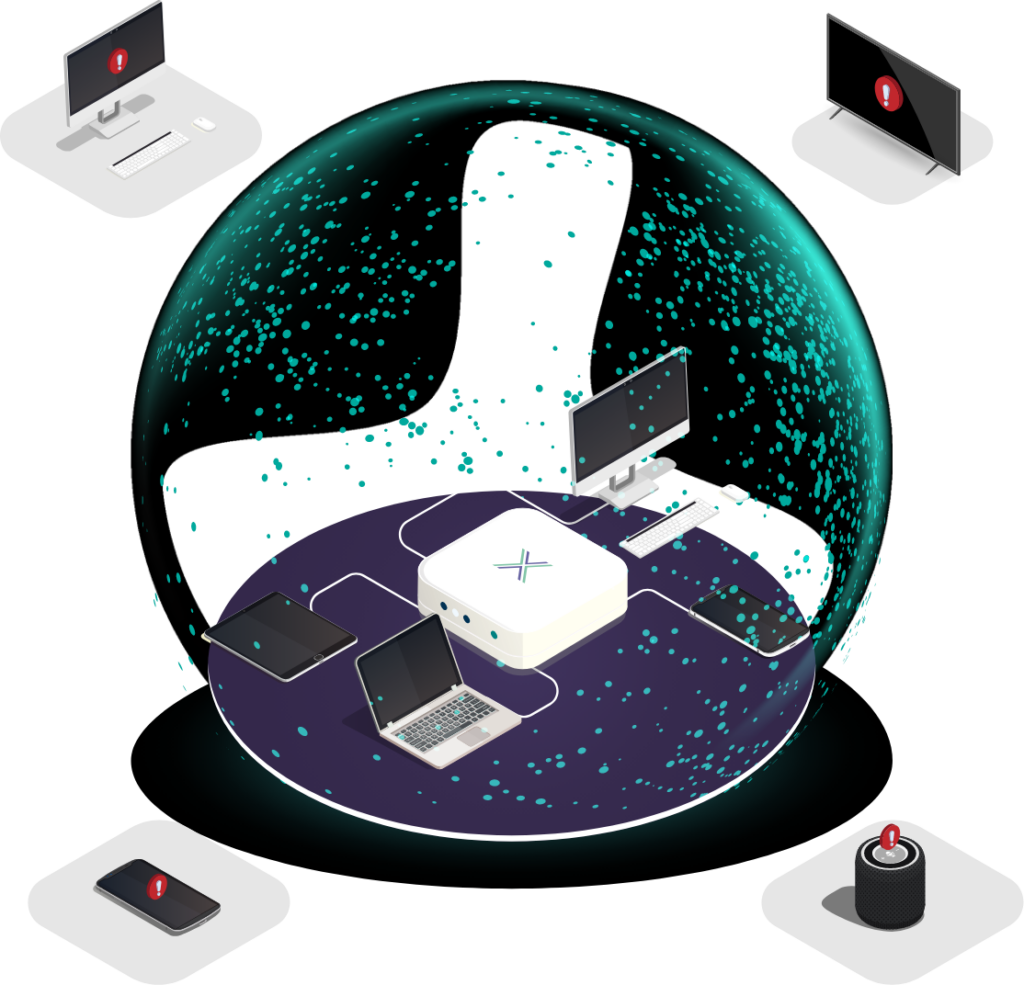The widespread adoption of hybrid work arrangements has significantly transformed how organisations approach network security. Establishing a robust security framework becomes crucial as employees access sensitive data and applications outside the traditional office environment. One increasingly popular approach is the implementation of a zero-trust network. This blog post will explore how organisations can effectively secure remote workers within a zero-trust network.
Understanding Zero Trust Networks
Zero trust is a security concept built on “trust no one.” In a traditional network, users often gain broad access privileges once they enter the internal network. However, no device or user is inherently trusted in a zero-trust network, even within the network perimeter. Instead, continuous verification of the user and the device is required, along with strict access controls based on the least privilege model.
Implementing Zero Trust for Remote Workers
- Device-Level Security: It is essential to require remote workers to use devices that adhere to specific security standards, including up-to-date operating systems, antivirus software, firewalls, and robust encryption. Enforcing security policies and ensuring regular updates are vital in mitigating vulnerabilities.
- Multi-Factor Authentication (MFA): Employing MFA adds an additional layer of security by requiring users to provide multiple forms of identification before accessing the network. This could include something the user knows (password), something they have (a physical token or smartphone), or something they are (biometric data).
- Secure Remote Access: Secure remote access solutions, such as virtual private networks (VPNs) or secure remote desktops, are critical for establishing secure connections between remote workers and the corporate network. It is essential to enforce stringent security measures for these access points, including strong encryption and secure authentication protocols.
- Network Segmentation: Zero trust networks utilise network segmentation to restrict resource access based on the least privilege principle. Remote workers should only be granted access to the specific resources necessary for their job, minimising the potential impact of a compromised device or user account.
- Continuous Monitoring and Threat Detection: Implementing robust monitoring and threat detection mechanisms is vital for identifying and responding to potential security breaches. Deploying intrusion detection systems (IDS), security information and event management (SIEM) solutions, and anomaly detection tools can help identify suspicious activity and enable prompt action.
- User Education and Awareness: Educating remote workers about security best practices is crucial for maintaining a secure remote work environment. Regular training sessions on phishing awareness, secure password practices, and device security empower employees to make informed decisions and avoid potential risks.
- Regular Security Audits: Conducting periodic security audits and assessments is essential to evaluate the effectiveness of the zero-trust network implementation. Identify any vulnerabilities, review access controls, and ensure that security policies are up to date and aligned with evolving threats.
As remote work continues to shape the modern workforce, organisations must prioritise the security of their remote workers. By adopting a zero-trust network approach, organisations can establish a robust framework to address the security challenges associated with remote work. Organisations can build a secure remote work environment that safeguards sensitive data and systems through device-level security, multi-factor authentication, secure remote access, network segmentation, continuous monitoring, user education, and regular security audits.
Remember, trust is earned through continuous verification in a zero-trust network, and security is an ongoing process that requires constant attention and adaptation. Organisations can create a safe and productive remote work environment for their employees by prioritising security measures.

